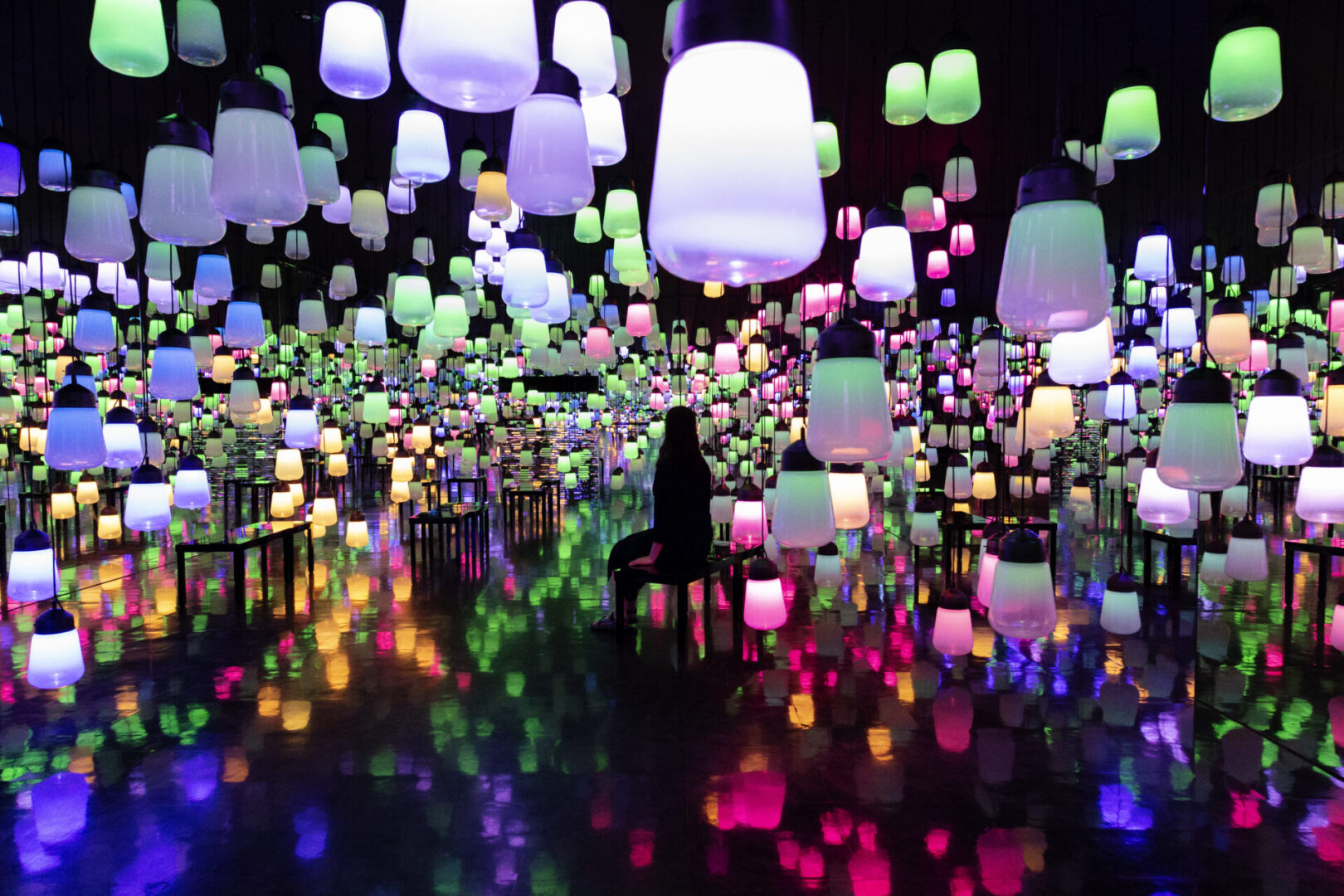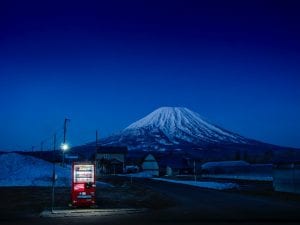Our top picks for August span London and Dover, to Berlin and the woodlands of Japan. They are a perfect reminder that art is a tool for change, advocacy and activism. They call for more to be done to protect our planet in the face of ecological destruction, imagining what the future looks like without positive climate action, as well as reflecting on identity and sexuality. Each show is timely and urgent. A ground-breaking video installation at Fort Burgoyne presents an instruction manual for a future marred by human destruction; teamLab’s annual immersive experience in Kyushu, Japan, urges harmony with nature; whilst Attenborough Arts Centre showcases how creatives communicate moments of international crisis. Elsewhere, Samet Durgun documents LGBTQIA+ refugees and asylum seekers in Berlin, and Michael Hoppen Gallery brings together some of the most influential names in photography.
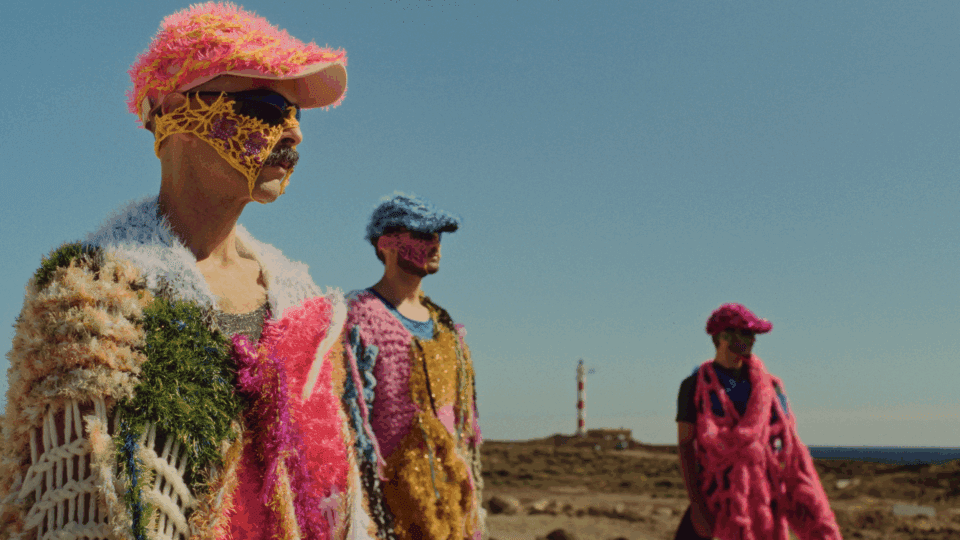
Survival Guide for a Post-Apocalyptic Child
Fort Burgoyne, Dover | Until 31 August
Finnish video artist Nastja Säde Rönkkö invites viewers to engage with a world on the brink of societal and environmental breakdown. Rönkkö’s pioneering work has earned her acclaim across Europe, including Young Artist of the Year in 2019 and the Below Zero Art Prize in 2023. Survival Guide for a Post-Apocalyptic Child, which has its UK premiere at Fort Burgoyne, Dover, features 26 videos that act as a manual for the next generation. The installation blends universal human experiences, like love and heartbreak, with real-life threats such as climate breakdown and dystopian themes including zombies. Together, they prompt audiences to ask important questions about a precarious collective future: what should we remember about the present? What should we pass on? How can we dream up new ways of living?

We Grown-Ups Can Also Be Afraid
Attenborough Arts Centre, Leicester | Until 19 October
In an era marked by instability on multiple fronts – the climate crisis, global conflicts, genocide, mass migration and the legacy of western imperialism – We Grown-Ups Can Also Be Afraid explores how artists examine these fears. Those featured are diverse in their themes and approaches, but united in a sustained engagement with important issues. Highlights include Mona Hatoum’s Hot Spot (2006), a giant globe with continents outlined in red neon, defining the entire world as a zone of tension and conflict. Meanwhile, Francisca Aninat’s Interior/Exterior Field (2007) is a large-scale fabric structure made from materials including Brazilian coffee sacks and newspapers, demonstrating the contrast between the piece’s fragile construction and the intense labour behind it that is often hidden from view.
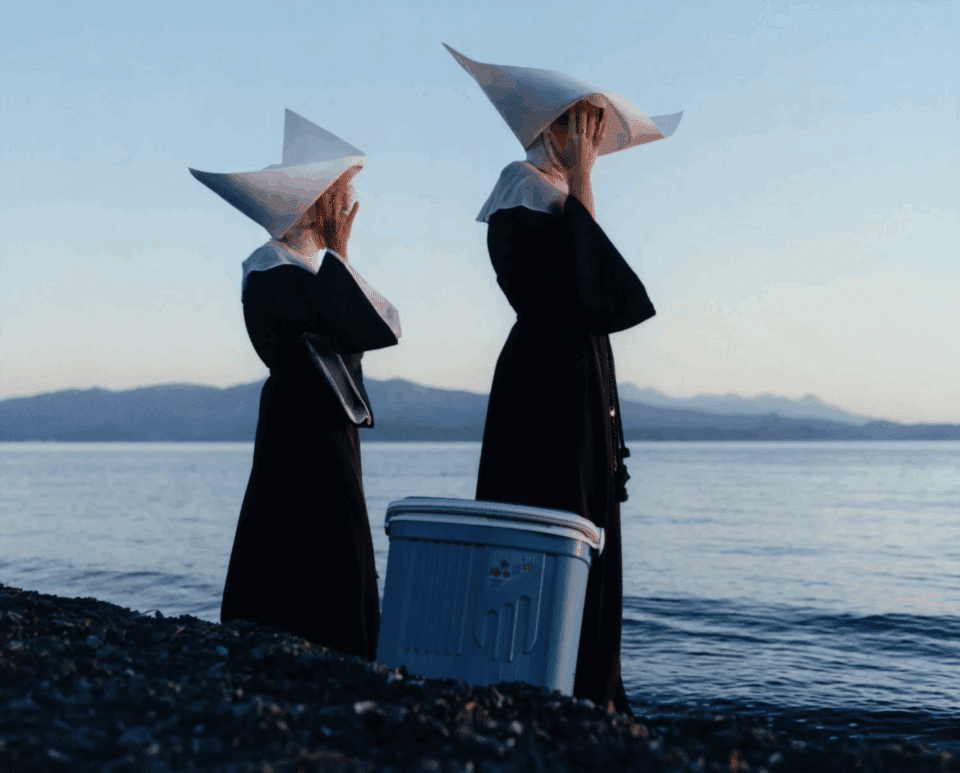
Michael Hoppen Gallery, London | Until 5 September
Summer at 10 Portland Road offers a unique chance to see the best of Michael Hoppen’s collection, all in one place. Pioneers of the craft – think Edward Weston and August Sander – are placed side-by-side with contemporary practitioners like Sian Davey and Eamonn Doyle. Self-taught photographer Harley Weir’s The Convent is a particularly memorable moment in the show. In the shot, two women stand dressed in nun’s habits, covering their faces with their hands. There’s something eerie about their outfits, with the structural headpiece echoing something from Margaret Atwood’s dystopian novel The Handmaid’s Tale rather than traditional religious garb. Weir imbues her work with film references and historical precedents, resulting in photographs that feel as though they have been taken from another time.
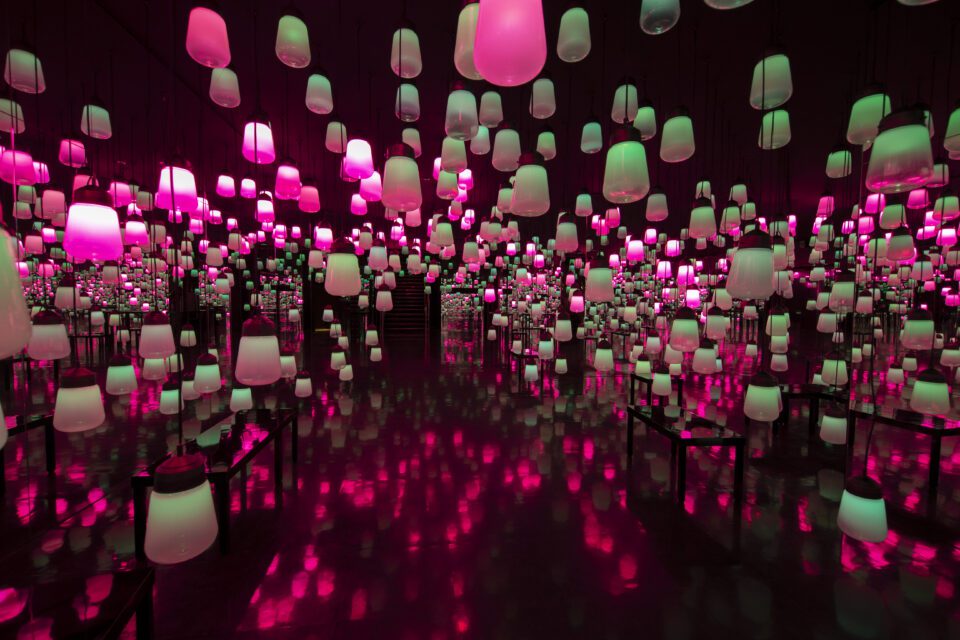
teamLab: A Forest Where God Lives
Takeo Hot Springs, Kyushu | Until 3 November
This annual exhibition of immersive light and sound pieces returns for its 11th year. The open-air museum, hosted in a 3-million-year-old ancient forest that spans 500,000 square metres, transforms nature into art without harming it. Audiences are invited to lose themselves among glowing trees, glittering installations and rooms that shift and change. The experience is inspired by the history of the Japanese island of Kyushu, particularly the iconic Mount Mifune that sits at the heart of the site. The mountain is said to have risen from the Ariake Sea, before becoming a sacred spot for local communities during the Edo period. teamLab uses digital technology and projections to showcase that today’s society is built upon ancient traditions and landscapes, honouring the site rather than altering it.
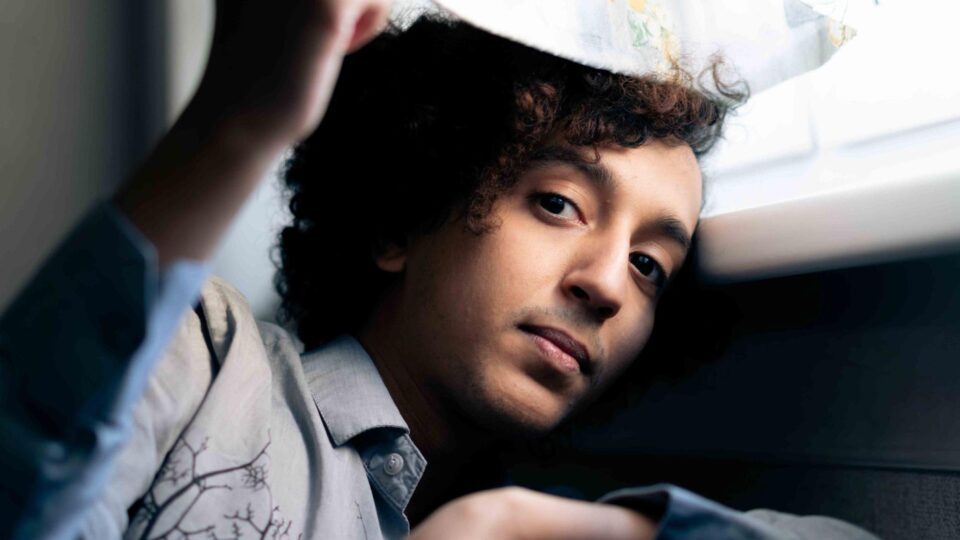
Samet Durgun: Come Get Your Honey
Fotografiska, Berlin | Until 15 September
Photographer Samet Durgun traces the lives of LGBTQIA+ refugees and asylum seekers in Berlin. The series became intertwined with the artist’s exploration of his own identity: “Trans people inspire so many artists; I admire their bravery and self-definition. Very quickly I realised that the project was as much about me as it was about them – if not more.” More than 50 people were photographed, but only 15 portraits made it into the final collection. Some show their faces, whilst others chose anonymity, to avoid being identifiable to family members who may not be accepting of their sexuality or gender identity. Come Get Your Honey shows lives full of beauty, creativity and resilience, while also acknowledging the structural barriers and social marginalisation queer individuals continue to face.
Words: Emma Jacob
Image Credits:
1&5. teamLab, Forest and Spiral of Resonating Lamps – One Stroke, Summer Forest © teamLab.
2. Nastja Säde Rönkkö, Film Still from Survival Guide for a Post-Apocalyptic Child. Courtesy of the artist.
3. Mona Hatoum, Hot Spot, 2006. Courtesy of the David and Indrė Roberts Collection. © Mona Hatoum. All rights reserved, DACS 2025. Image courtesy of White Cube. Photo by Stephen White.
4.Harley Weir, The Convent, 2017. Courtesy of the artist and Michael Hoppen Gallery.
6. Gabo Gazing, 2020, from the series Come Get Your Honey © Samet Durgun.


